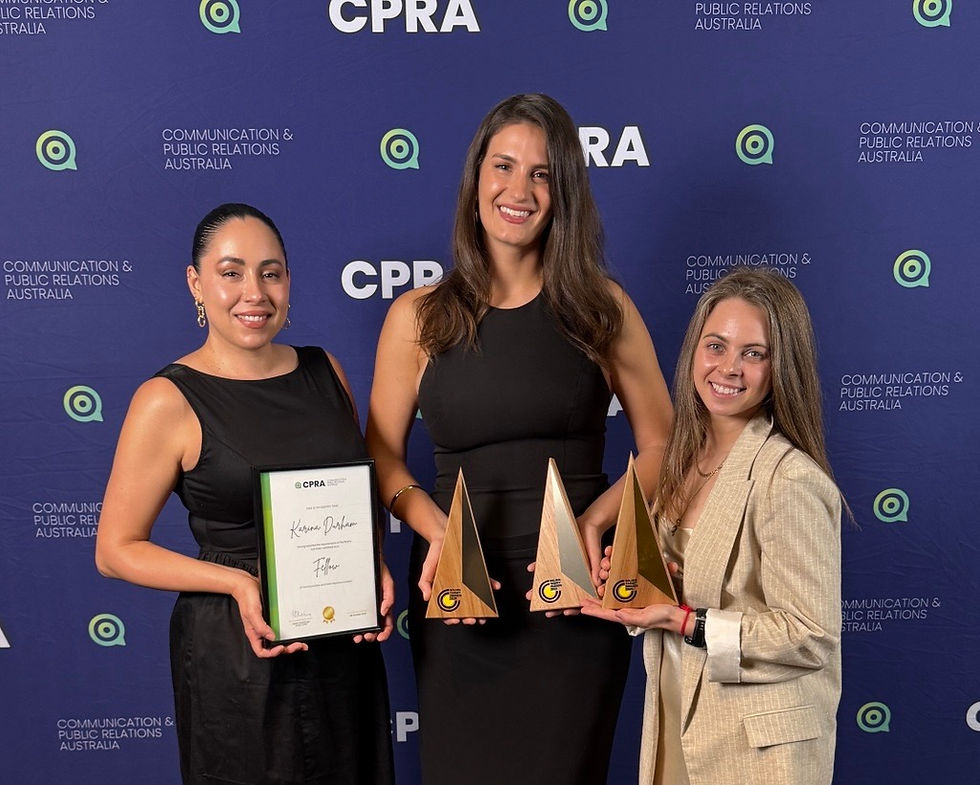Health communication in the face of COVID – top lessons learned
- Martin Palin

- Oct 15, 2021
- 3 min read
Who would have thought that close to two years down the track that we would still be talking about the COVID pandemic on a daily basis. We have daily government media conferences, rolling updates on vaccine and treatment availability and everyone’s musings about the pandemic all over social media. To be honest, there’s been very little room for much else in news.

Due to our continuous work in a highly regulated industry, plus the ability of dissect complex medical information, health communicators were unknowingly primed to jump in and help with COVID-related communications strategies at a moment’s notice.
But, there are lessons in everything and the pandemic has revealed some valuable tips from the health PR trenches.
Lesson 1: People say everything changed, but not really for health communicators
The fundamentals of health communications has stayed the same. In fact, COVID has brought them even more into focus. What makes health communications effective centres around four key pillars - being factual, leveraging experts, personalising and being targeted.
Being factual: Media are not always in a position (or have the time) to pour over complex research and deduce the key facts for a story. It pays to be proactive and unpack data so it has meaning and explained in ‘real life’ terms.
Leveraging experts: Doctors, researchers and other credible healthcare professionals are perfectly placed to help put health news into context. Their independence and expertise in various areas encourage media to get information from a reputable source.
Personalising: Storytelling needs to be prioritised in health news. Data and expert commentary is important, but the personal perspective gives us a real life focus. For example, we are only able to understand the impact of the COVID pandemic on cancer screening (and the importance not delaying screening and detection tests during pandemic times) if we hear from someone whose own diagnosis was affected.
Get targeted: With media being on round-the-clock COVID watch, now is not the time to have a broad-brush approach to media relations. There would be no effectiveness to that approach. Try to be as targeted as possible with journalists who have an interest in your topic and communicate directly with people who would be interested, i.e. patient and consumer-focused organisations.
Lesson 2: The challenge of relative risk and safety
The biggest challenge that health communicators face is the lack of understanding of relative risk or safety. In short, nothing is 100% safe or risk free. Every medicine and therapeutic, even over-the-counter varieties, carries the risk of side effects. However, getting this message across during pandemic times is tough.
There is no better example of this at play than repeated media reports focusing on the various COVID vaccines and their side effects. Media heightening these risks pushes us further away from broader understanding and accepting relative risk.
Health communicators have a difficult role to play in this regard. It is an uphill battle in putting health announcements and news into context so the general public gets as broad a picture as possible.
Karina Durham, Palin Communications GM, at the 2021 PRIA National Conference
Lesson 3: You want to help more, but the code says no
We want to feel we are contributing to Australia’s health literacy and understanding – especially to ensure people are receiving balanced, evidence-based messages to about emerging news related to COVID vaccines and emerging treatments.
People want to know more. But, there is a lot that cannot be said freely in the public domain because of the way the Medicines Australia Code of Conduct is interpreted.
If we share too much about a vaccine, or how it works or how it was manufactured, you could be seen as promoting a product unlawfully to consumers. As a result, manufacturers can be slapped with fairly significant fines, and their agencies faced with a not-so-great fate.
Manufacturers who want to do the right thing and play a role in public education and share balanced messages face many challenges on this point alone. But alignment with independent experts, or collaborating with their industry colleagues/competitors can often help overcome hurdles.
Lesson 4: The bigger the crisis, the more accepting people are of company spokespeople
As shared in lesson 1 external spokespeople – like doctors, researchers and scientists – are often the people leading commentary in health stories. But in times of crisis, internal spokespeople are well placed to share the facts. There are often times where comfort and clarity is needed straight from the source.
We have seen many company spokespeople rise to the occasion during the pandemic. Their transparency, candour and availability during crisis provided media with a direct line to rapidly emerging news.
Choosing the right moment to speak, the right issues to address and the right spokespeople to lead can encourage understanding and enhance organisational reputation.


